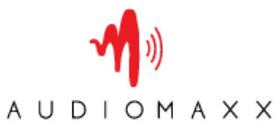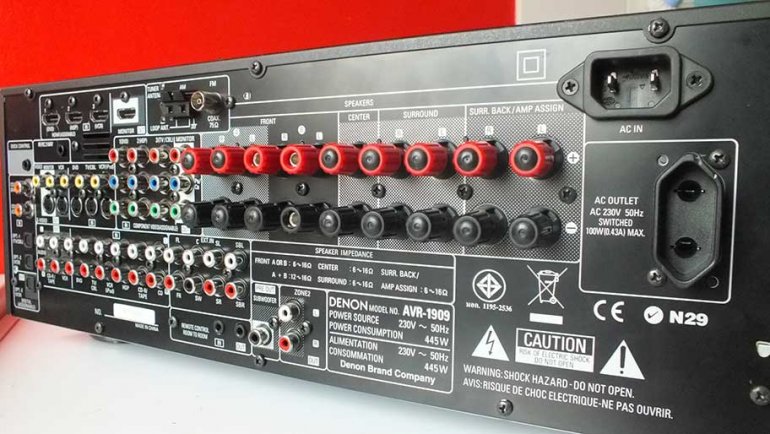HDMI I/O Explained
Thank God for HDMI. It’s simple, easy-to-use, high quality, and does pretty much everything you ask of it. HDMI cables carry audio and video signal between different points – such as from your games console to your A/V receiver, or from your receiver to your TV. You almost certainly use them before, but if you haven’t, they are the thin connectors with multiple pins shielded by a metal frame. They are robust, and straightforward to use.
They are also the industry standard, and every receiver worth its salt will have at least a few inputs and outputs available to use. Generally, there are far more inputs, as you usually only need to output to your TV, and it’s up to you to figure out just how many you actually need. For the record, the receiver in this list with the greatest choice is the Marantz SR8012, which offers eight HDMI inputs and a staggering three outputs. We’re not even sure what you’d use those for, unless you’re going for an absolutely enormous multiscreen TV system! Still, they are nice to have. And by the way, if you are looking on the back of any of these receivers, and think we’ve got the HDMI input count wrong, check around the front. There is almost certainly an HDMI input on the front panel, and we’ve counted that one as well!
HDMI I/O Explained
Audiomaxx India

